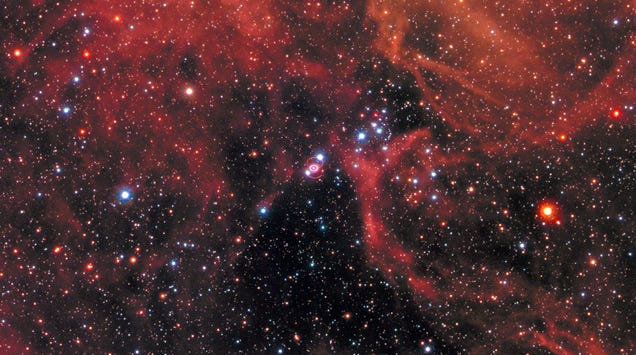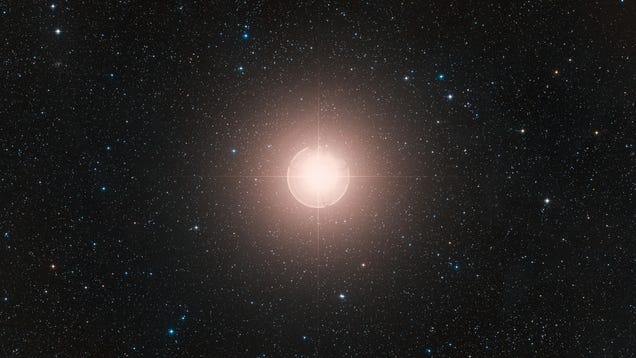
In October 2022, an extremely bright flash caught the attention of the Gemini South telescope in Chile. It was quickly determined to be the brightest ever seen, hence its nickname: the Brightest Of All Time (the BOAT).

In October 2022, an extremely bright flash caught the attention of the Gemini South telescope in Chile. It was quickly determined to be the brightest ever seen, hence its nickname: the Brightest Of All Time (the BOAT).
T Coronae Borealis, a binary star system located 3,000 light-years from Earth, is a ticking time bomb waiting to explode. And if the recurring nova follows its usual pattern, we can expect to see a new, albeit temporary, star appearing in our night sky any day now.

A team of astronomers recently captured a series of images of a distant star as it wentsupernova, providing a remarkable play-by-play of stellar death and possibly the birth of a black hole.
Pitris / Getty Images

A recent SETI (Search for Extraterrestrial Intelligence) effort focused on a famous supernova from 1987, working under the premise that aliens might use such events to draw attention to themselves with synchronized beacons. Although this hunt came up short, it lays the groundwork for future searches using the same…
buradaki/Getty Images

The Japanese space agency JAXA has released the first test images from its X-Ray Imaging and Spectroscopy Mission (XRISM). The images show a galaxy cluster and a supernova remnant, and offer insight into the chemical cocktail that composes the supernova.
NASA, ESA, CSA, STScI, Danny Milisavljevic (Purdue University), Ilse De Looze (UGent), Tea Temim (Princeton University)

The bright star Betelgeuse, a prominent member of the Orion constellation, is set to be occulted by the asteroid Leona on December 11. This occurrence, expected to last no more than 10 seconds, will cause the star to temporarily vanish from sight, a phenomenon visible along a narrow path on Earth.
Hubble Image: NASA, ESA, J. Hester, A. Loll (Arizona State University); Webb Image: NASA, ESA, CSA, STScI, T. Temim (Princeton University).